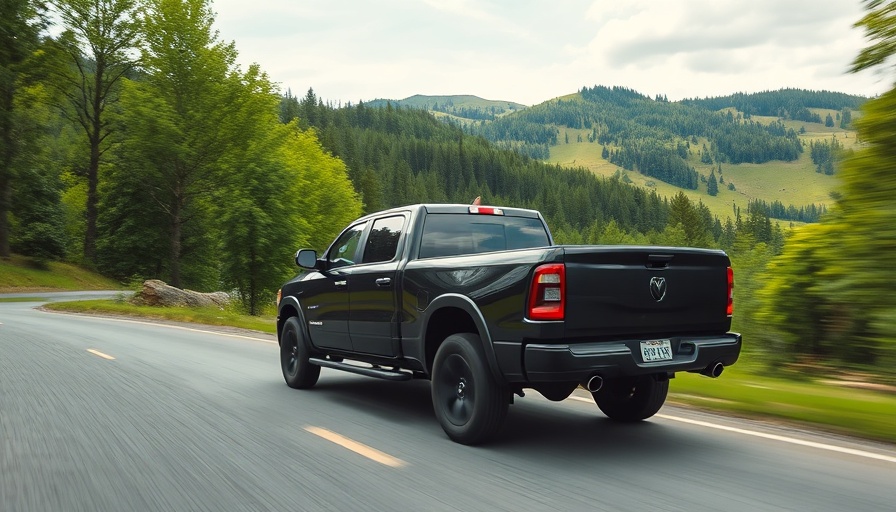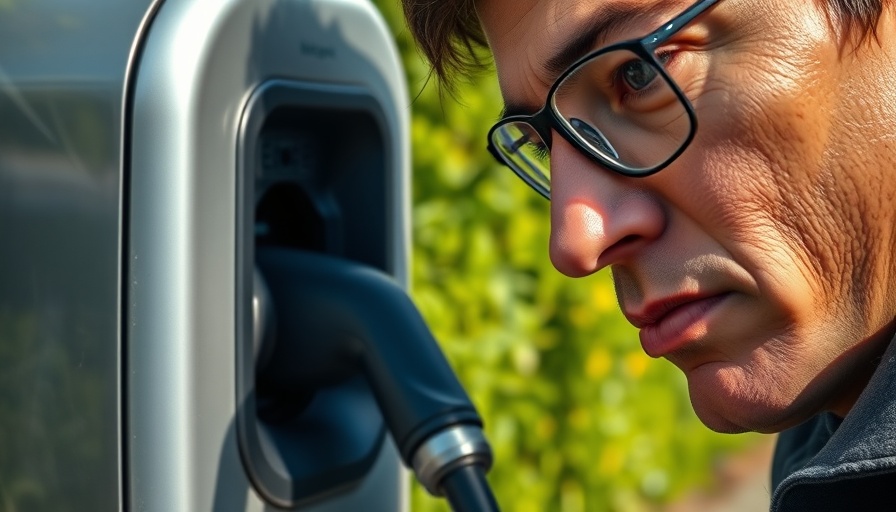
Brussels' Strategic Dialogue: A Pivotal Moment for Automotive Regulation
As the automotive industry navigates the complexities of CO2 fleet targets, the recent strategic dialogue in Brussels brought forth critical discussions on the need for flexibility and improvements in framework conditions. The future of the European automotive sector hinges on this dialogue's outcomes, showcasing the urgency for both policymakers and automotive leaders to unite for effective regulation.
Investment vs. Regulation: A Balancing Act
While the VDA has demonstrated its commitment to sustainability with projections of €320 billion set aside for research and development between 2025 and 2029, the industry's growth isn't without hurdles. Current regulations, which some deem overly stringent, risk stifling investment opportunities. VDA President Müller has called for a rethink of the regulatory landscape, emphasizing the need to avoid imposing fines that could further hinder innovation and progress.
Understanding the Call for Flexibility in CO2 Fleet Targets
The crux of the conversation focuses on the necessity for flexibility in CO2 fleet targets. Müller outlined a compelling case for integrating a phase-in strategy, mirroring previous adaptations that facilitated smoother transition periods for automakers. Such a strategy could alleviate the immediate financial pressures that stem from strict regulation while allowing manufacturers the breathing room needed to enhance their production processes.
The Role of Technological Openness in Achieving Climate Goals
In his address, Müller emphasized that the future of the automotive sector relies heavily on technological avenues that promote sustainability. The call for a broader acceptance of various propulsion technologies, including plug-in hybrids beyond 2035, underlines the industry’s push towards a more inclusive approach in reducing emissions. This flexibility not only reflects the diversity of the market but also acknowledges the different regional challenges that automotive producers face.
Actionable Insights: What Does This Mean for Automotive Stakeholders?
As stakeholders in the automotive sector, dealer principals, general managers, and finance managers face pivotal decisions in light of these discussions. Strategies that promote a balance between compliance with environmental targets and fostering industry growth are paramount. Embracing flexibility in regulatory measures can prevent operational disruptions while paving the way for continued investment in future technologies.
Future Trends: Economic Viability Under Pressure
Looking ahead, the automotive sector must commit to innovative practices that align profit with environmental responsibility. This means leveraging the outcomes from Brussels’ strategic talks to not only meet regulatory standards but also contribute positively to the industry's economic landscape, particularly in fast-evolving markets. The convergence of decarbonization with economic growth could fundamentally reshape how automotive leaders strategize moving forward.
 Add Row
Add Row  Add
Add 




Write A Comment